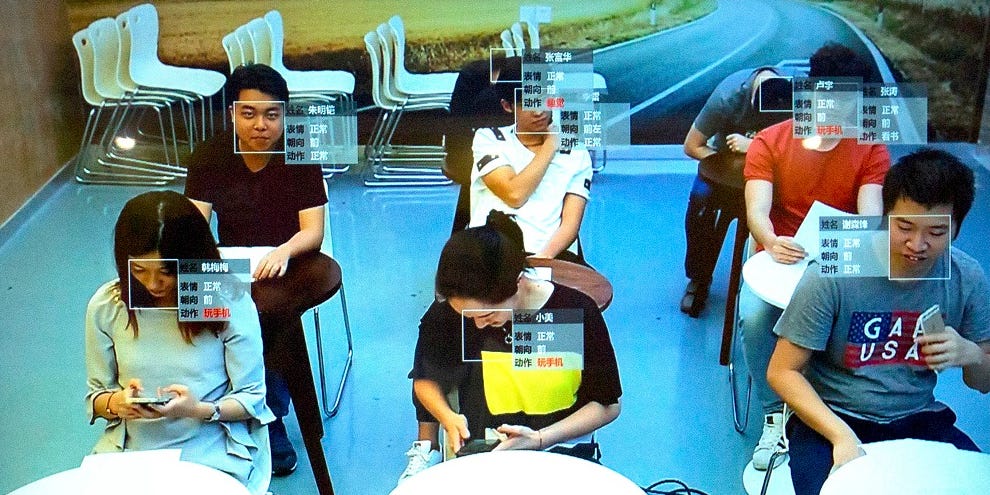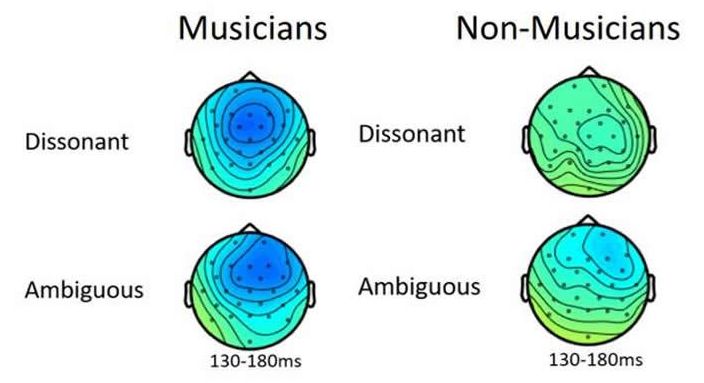The technology scans classrooms at Hangzhou No. 11 High School every 30 seconds and records students’ facial expressions, categorizing them into happy, angry, fearful, confused, or upset. The system also records student actions such as writing, reading, raising a hand, and sleeping at a desk.
The system is analyzing students’ emotions and actions in the classroom to tell whether they are happy, angry, or confused and to monitor whether they are working or sleeping at their desk. The facial-recognition technology has also replaced ID cards and wallets at the library and canteen.






